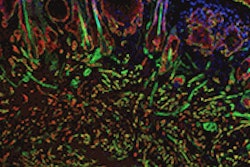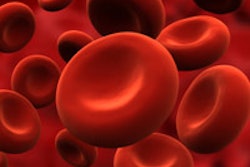Researchers from the Ohio State University Comprehensive Cancer Center -- Arthur G. James Cancer Hospital and Richard J. Solove Research Institute have identified a biochemical pathway in cancer stem cells that is essential for promoting head and neck cancer (Oncogene, May 27, 2013).
The study shows that a protein called Nanog, which is normally active in embryonic stem cells, promotes the growth of cancer stem cells in head and neck cancer. The findings provide information essential for designing novel targeted drugs that might improve the treatment of head and neck cancer.
Normally, Nanog helps healthy embryonic stem cells maintain their undifferentiated, uncommitted state. But recent evidence suggests that Nanog promotes tumor growth by stimulating the proliferation of cancer stem cells, the researchers noted.
"This study defines a signaling axis that is essential for head and neck cancer progression, and our findings show that this axis may be disrupted at three key steps," stated principal investigator Quintin Pan, PhD, in a news release. "Targeted drugs that are designed to inhibit any or all of these three steps might greatly improve the treatment of head and neck cancer."
Specifically, the study shows that an enzyme called protein kinase C-epsilon (PKCepsilon) adds energy-packing phosphate groups to the Nanog molecule. This phosphorylation of Nanog stabilizes and activates the molecule.
It also triggers a series of events: Two Nanog molecules bind together, and these are joined by a third "co-activating" molecule called p300. This molecular complex then binds to the promoter region of a gene called Bmi1, an event that increases the expression of the gene. This, in turn, stimulates proliferation of cancer stem cells.
"Our work shows that the PKCepsilon/Nanog/Bmi1 signaling axis is essential to promote head and neck cancer," Pan stated. "And it provides initial evidence that the development of inhibitors that block critical points in this axis might yield a potent collection of targeted anticancer therapeutics that could be valuable for the treatment of head and neck cancer."



















